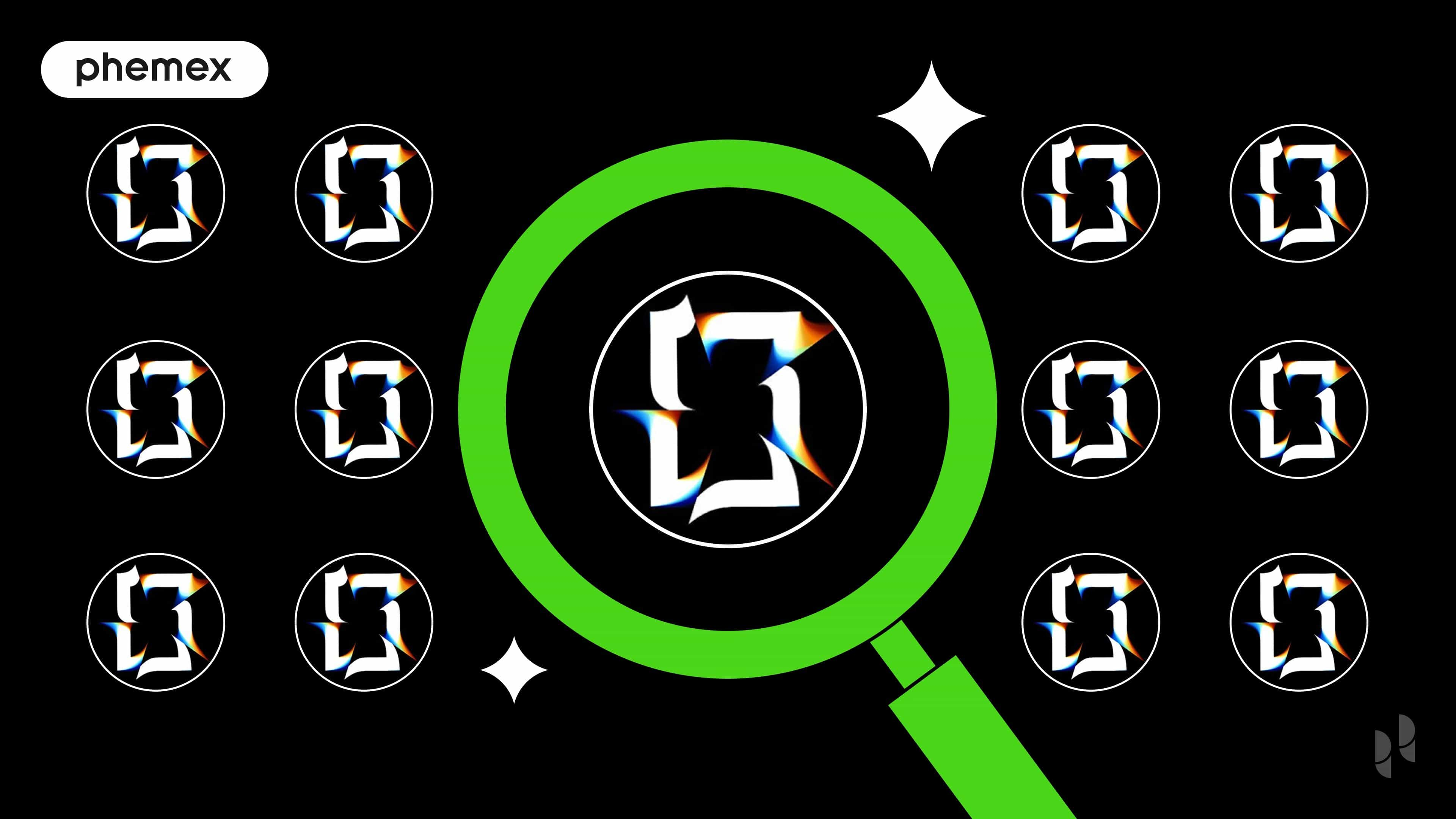RWAs are revolutionizing finance by bringing tangible assets like bonds, gold, and stocks onto blockchains—a secure, transparent digital ledger that tracks ownership like a public record. By tokenizing real-world assets, RWAs make investing more accessible, liquid, and efficient, bridging traditional finance with the digital era. This guide explains what RWAs are, how they work, their types, benefits, risks, and why they’re gaining traction, using data from RWA.xyz, the industry-standard platform for tokenized asset analytics. Whether you’re new to crypto or exploring investment opportunities, this article unpacks how RWAs are reshaping global finance.
What Are Real-World Assets (RWAs)?
RWAs are digital tokens on a blockchain that represent ownership of real-world assets, such as government bonds, precious metals, or company stocks. Think of a token as a digital certificate verifying you own a share of something valuable, like a bond or a gold bar. Unlike cryptocurrencies like Bitcoin, which lack physical backing, RWAs are tied to tangible or financial assets, often providing more stable value but carrying risks like mismanagement. Stablecoins, pegged to fiat currencies like the U.S. dollar, are sometimes included as RWAs, though their fiat backing sparks debate within the crypto community.
How Do RWAs Work?
Tokenization transforms real assets into digital tokens, much like digitizing a stock certificate. The process involves three key steps:
- Asset Verification: Experts confirm the asset’s existence and ownership, often using a legal entity called a Special Purpose Vehicle (SPV) to ensure compliance with regulations.
- Real-World Data Integration: Oracles, like Chainlink, deliver data about the asset’s value or ownership to the blockchain. Audits, such as Proof of Reserve, verify the asset’s authenticity.
- Token Creation: The blockchain generates tokens that can be bought, sold, or traded online, each representing a portion of the asset.
This process ensures transparency, with all transactions recorded publicly on the blockchain, reducing fraud and enhancing trust.
Why Use RWAs?
RWAs offer powerful benefits for investors:
- Fractional Ownership: Tokenization allows you to own a small piece of high-value assets, like a $50 share of a $50,000 bond, lowering entry barriers.
- Transparency: Blockchains provide a public ledger of transactions, minimizing fraud risks by making ownership clear and verifiable.
- Versatile Financial Tools: RWA tokens enable new opportunities, such as earning interest or trading globally. For example, tokenized U.S. Treasury bonds can pay interest through smart contracts, streamlining investment processes.
Types of RWAs
RWAs span a range of asset classes, from stablecoins to tokenized bonds. Below is a breakdown of key types, featuring top platforms by Total Value as tracked by RWA.xyz. Note: Platforms are selected based on their leading market share.
- Stablecoins
- Overview: Tokens pegged to fiat currencies like the U.S. dollar, widely used for fast, secure digital payments. Their RWA status is debated due to fiat backing.
- Key Platforms: Tether (USDT), USD Coin (USDC).
- Example: USDC enables instant global payments, like settling an international invoice via a crypto app.
- Government Securities
- Commodities & Precious Metals
- Structured Credit
- Overview: Tokenized loans, such as home equity lines of credit, used for advanced lending in DeFi.
- Key Platform: FIGR_HELOC.
- Example: FIGR_HELOC tokens represent shares of home equity loans managed by institutions.
- Stocks
- Global Bonds
- Overview: Tokenized corporate or government bonds, providing interest payments through blockchain.
- Key Platforms: CUMIU, EUTBL.
- Example: CUMIU tokens offer bond exposure with interest paid via blockchain.
- Institutional Funds
| Type | Key Platforms | What It Does |
|---|---|---|
| Stablecoins | Tether (USDT), USD Coin (USDC) | Fast digital payments |
| Government Securities | BlackRock (BUIDL), WisdomTree (USYC), Franklin Templeton (BENJI) | Pays interest |
| Commodities & Precious Metals | Tether Gold (XAUT), PAX Gold (PAXG) | Inflation hedge |
| Structured Credit | FIGR_HELOC | Advanced lending |
| Stocks | Backed (EXOD, TSLAx) | Invest in companies |
| Global Bonds | CUMIU, EUTBL | Pays interest |
| Institutional Funds | JAAA, BCAP | Institutional investment |
Table: Types of RWAs
Why Are RWAs Growing?
RWAs are gaining traction as a key part of digital finance, driven by several enduring trends:
- Regulatory Evolution: Clearer regulations, such as the EU’s Markets in Crypto-Assets (MiCA) framework, create a secure environment for tokenized assets, supporting platforms like CUMIU.
- Blockchain Advancements: Networks like Ethereum, Stellar, and Aptos enable fast, cost-effective transactions. Ethereum’s layer-2 solutions (e.g., Arbitrum, Optimism) reduce fees, supporting platforms like BlackRock’s BUIDL.
- Institutional Adoption: Major financial institutions are embracing RWAs, with firms like BlackRock, WisdomTree, and Franklin Templeton tokenizing U.S. Treasuries, attracting investors seeking stable returns.
- DeFi Integration: RWAs enhance decentralized finance (DeFi) by enabling lending and interest-earning. For example, FIGR_HELOC tokens allow investors to stake home equity loans as collateral for returns via smart contracts.
- Global Accessibility: Tokenization lowers barriers, letting retail investors buy tokens for assets like Tesla stock (via Backed’s TSLAx) or bonds, democratizing high-value investments.
- Economic Stability: In volatile markets, RWAs like gold-backed tokens (e.g., XAUT) offer protection against inflation, while tokenized treasuries provide reliable yields.
With a growing number of asset issuers creating diverse tokenized products, RWAs are enhancing finance by combining accessibility, transparency, and innovation.
Risks of RWAs
RWAs come with risks to understand before investing:
- Regulatory Variations: Differing laws across countries can complicate trading or create legal uncertainties.
- Technical Risks: Smart contract vulnerabilities could lead to losses, as seen in past DeFi hacks where millions were drained due to coding errors.
- Management Risks: Poor custody of assets, like a vault failing to secure gold for XAUT, could devalue tokens.
- Liquidity Challenges: Some tokens, like niche stocks, may have limited buyers, making them harder to trade.
Common Questions About RWAs
- What are stablecoins in RWAs? Stablecoins like USDT and USDC are fiat-pegged tokens used for payments. Their RWA status is debated due to fiat backing.
- What are gold-backed tokens? Tokens like XAUT and PAXG represent physical gold, offering protection against inflation.
- What risks do RWAs have? Risks include regulatory variations, technical errors, mismanagement, and low liquidity.
- How are RWAs kept legal? Legal structures (e.g., SPVs) and oracles like Chainlink ensure tokens match real assets and comply with regulations.
- Which blockchains support RWAs? Ethereum, Stellar, Aptos, and others host RWA tokens.
Wrapping Up: The Future of RWAs
RWAs are transforming finance by bringing assets like bonds, gold, and stocks onto blockchains, making them more accessible, transparent, and efficient. With growing adoption, advanced technology, and DeFi integration, RWAs bridge traditional and digital finance, offering new opportunities for investors worldwide. Before investing, carefully research the risks to make informed decisions.








